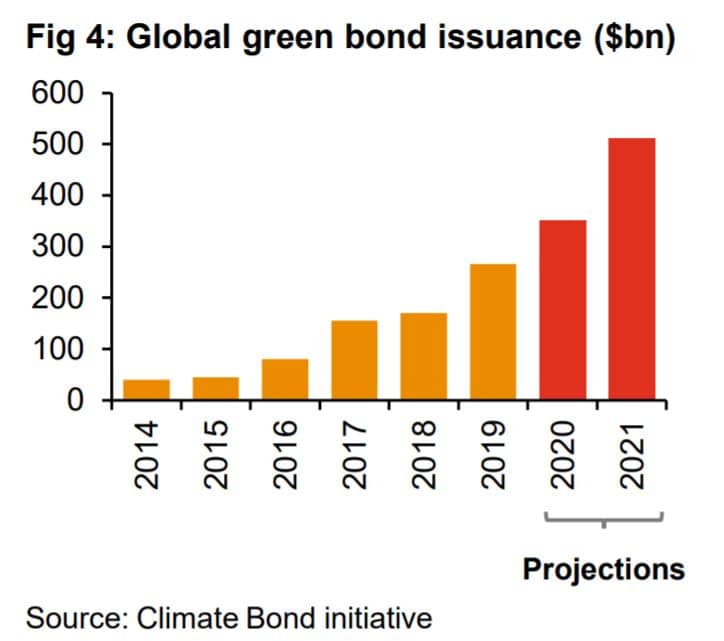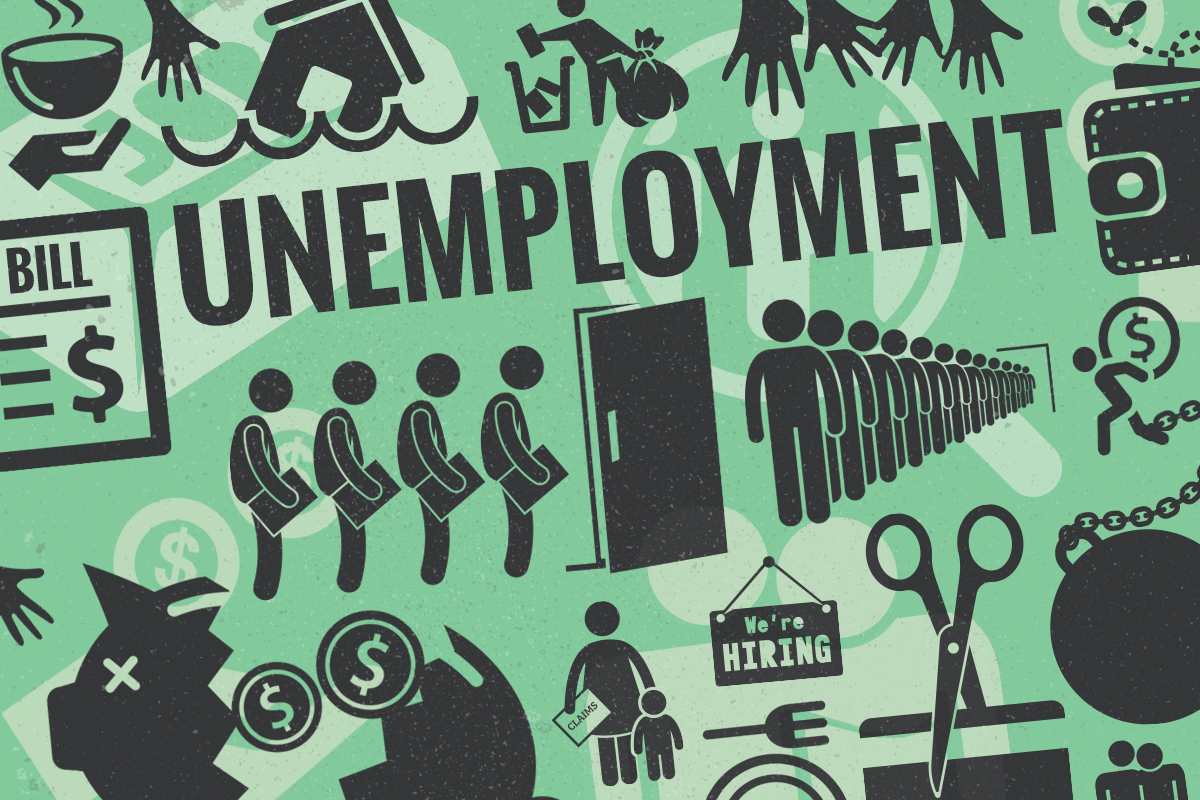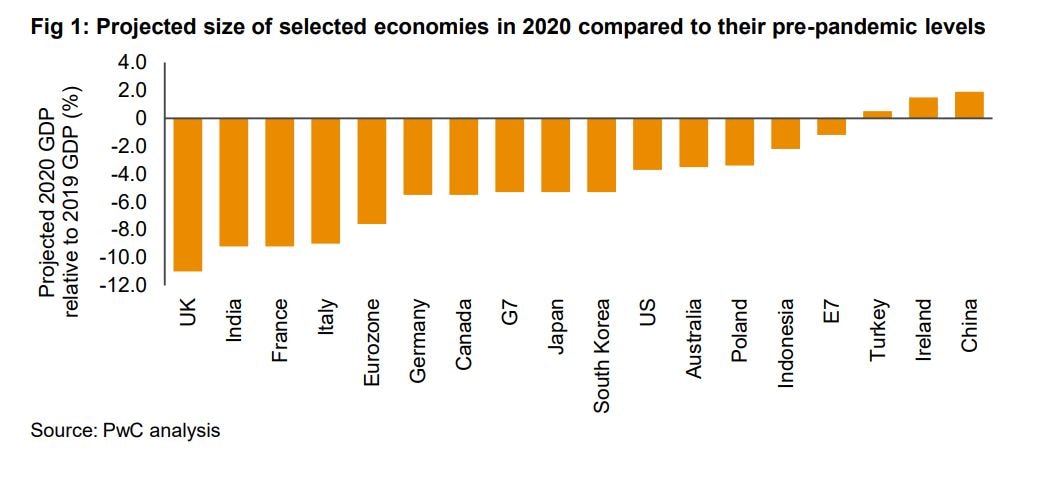Growth numbers are improving and the economy is recovering. But, unemployment is the biggest challenge for the country in 2021.

India’s Economy:
Conversations about how economic mobility is bringing the economy back on track are happening everywhere, and we’re all in for them. The gross domestic product and gross value added numbers are improving, indicators pointing towards less worry and well, things going back to track have created a sense of security in the minds of the people. But, is the worst really behind us? We are here to argue.
The Indian economy has been through a roller coaster, with mostly downs, in the last pandemic periods. The fundamentals of the economy in terms of the labour market, discretionary consumption and environmental outlooks have changed, and we can’t deny that. However, as we move towards recovery, it is imperative that we give a thorough look not only at the product and value-added numbers, but also the other variables that would actually determine what the future of the country, and well, its people, would look like. One of the prominent variables from the list is unemployment, and we’re all witnesses of it.
Does growth in the sectors directly imply growth in employment?

A discussion took wave earlier this week about the correlation between sectoral growth and worker welfare. It has been pointed out that the authorities automatically assume that the growth in a sector would automatically translate into a commensurate growth of employment and employee welfare in the sector.
Well, based on pieces of evidence of the past and empirical support of the data, it cannot be assumed that the two move in direct correlation. This results in the inadequacy of action steps taken to actually improve the unemployment situation. And that is why a more explicit conversation about how big the problem of unemployment actually is in the country needs to be undertaken. Well, then. Let’s get to it.
Trend of unemployment in the country. What does it look like now?
To get the actual picture, let’s first explore some dynamics to understand the basics of the situation and how we move ahead from it. India adds an aggregate of 10 million people, every year, to the labour force participation pool.
Before the Covid-19 crisis struck the country, a total of 35 million people were explicitly declared unemployed. This number is not inclusive of the disguised unemployed or the seasonal workers in the unorganised sector because there are no efficient independent or governmental agencies to maintain a proper record of it. This means that the labour pool at the time, with 403.5 million employed people, already had a significant ratio of unemployed people.
But, to top it all off, came the Covid-19 pandemic, which disrupted the working chain so much so that the number of people laid off hasn’t been recovered as yet either. Millions lost their jobs, and the number of people employed in the country stood at 400 million by the end of January 2021. If this number looks not too bad to you, take into consideration the increase in the labour force to assess the actual consideration. The number represents stagnancy in the country’s employment cycle, which is not a very healthy sign for a developing economy.

This data, revealed by the Centre for Monitoring Indian Economy, also showed how the unemployment number reached double digits during the lockdown periods. Before we contemplate on how this reflected the pattern of corporates during the period, there’s one other thing that needs to be noted about the country’s employment pattern.
How about the trend of employment generation and labour force participation?
The Centre for Monitoring Indian Economy data reports, taken of previous years, show that the number of people employed in the Indian economy was 407.3 million in 2016-17, followed by 405.9 million in 2017-18 and then to the disappointing 400.9 million by the end of 2018-19. This means that the Indian economy’s employment generation is not merely stagnant, but trending downwards. This steady yet paced fall in the employment generation of the country, even in the absence of the pandemic and the recession that hanged along, shows how unemployment is a much larger concern for the economy at the moment.
During the double digit unemployment rate in the lockdowns, India’s corporate world also showed their approach to the economy, and well, understandably so. The large number of layoffs that took place during the lockdowns set the precedent of the corporations’ approach since a large number of the listed companies of the country aggregated profits in their balance sheet after the pandemic year of 2020. This means that corporate India’s approach to the economy is not too hopeful, for this profit came at the back of deleveraging and layoffs, a compromise on their long term growth potential.
A sum of these factors together explains why the number of unemployed people in the country became 35 million by the beginning of last year. Again, this number is just the openly unemployed population, excluding the disguised unemployed and the unorganised sector seasonal workers. By the beginning of 2021, that number would have reached about 45 million, in consideration of the layoffs and the labour force addition.
And wait, there’s still more to the story. The COVID-9 pandemic has not only resulted in job losses, but has also aggravated the gender workforce gap, and empirical results that are provided on it are corroboratory of this fact. Also note that India’s labour force participation rate has also been consistently falling, with or without the pandemic.
This means that of the addition made to the eligible to work pool of people between the ages of 15-59 years, only 40 per cent choose to look for work. Therefore, the unemployed number only contains those that are actively looking for a job and not getting one. Essentially, the number of youth of the country that prefers to seek not to work at all is also constantly on a rise. A number of factors like faulty law and order, constantly failed attempts, and others could contribute to this rise.

This number is considerably lower relative to developed countries, which stands at about 60 per cent. Primarily, this means that a significant proportion of the country’s potential is unutilised. More so, if this percentage would, in fact, be India’s case, the number of unemployed in the country would have been even higher, simply because the economy is not generating employment.
This brings us to the concern we began this discussion with. Only focussing on growth would not solve India’s present or future problems, simply because the growth is lopsided and insufficient, as suggested by the cases presented above. Therefore, it is time that the country realises how unemployment has taken the form of a problem ingrained much deeper than just the loss of gross domestic product.
We are so fixated on government support for job creation and unemployment mitigation because the approach of the private sector has been made clear in the paragraphs that followed. Therefore, if the government goes by its new plan of minimum governance, the weak position of the economy would not be able to solve the problem of unemployment all on its own. It’s time we take tangible action steps in the direction, for simply trending the hashtag “rozgaar do” won’t have much effect.
Edited by Tanish Sachdev




